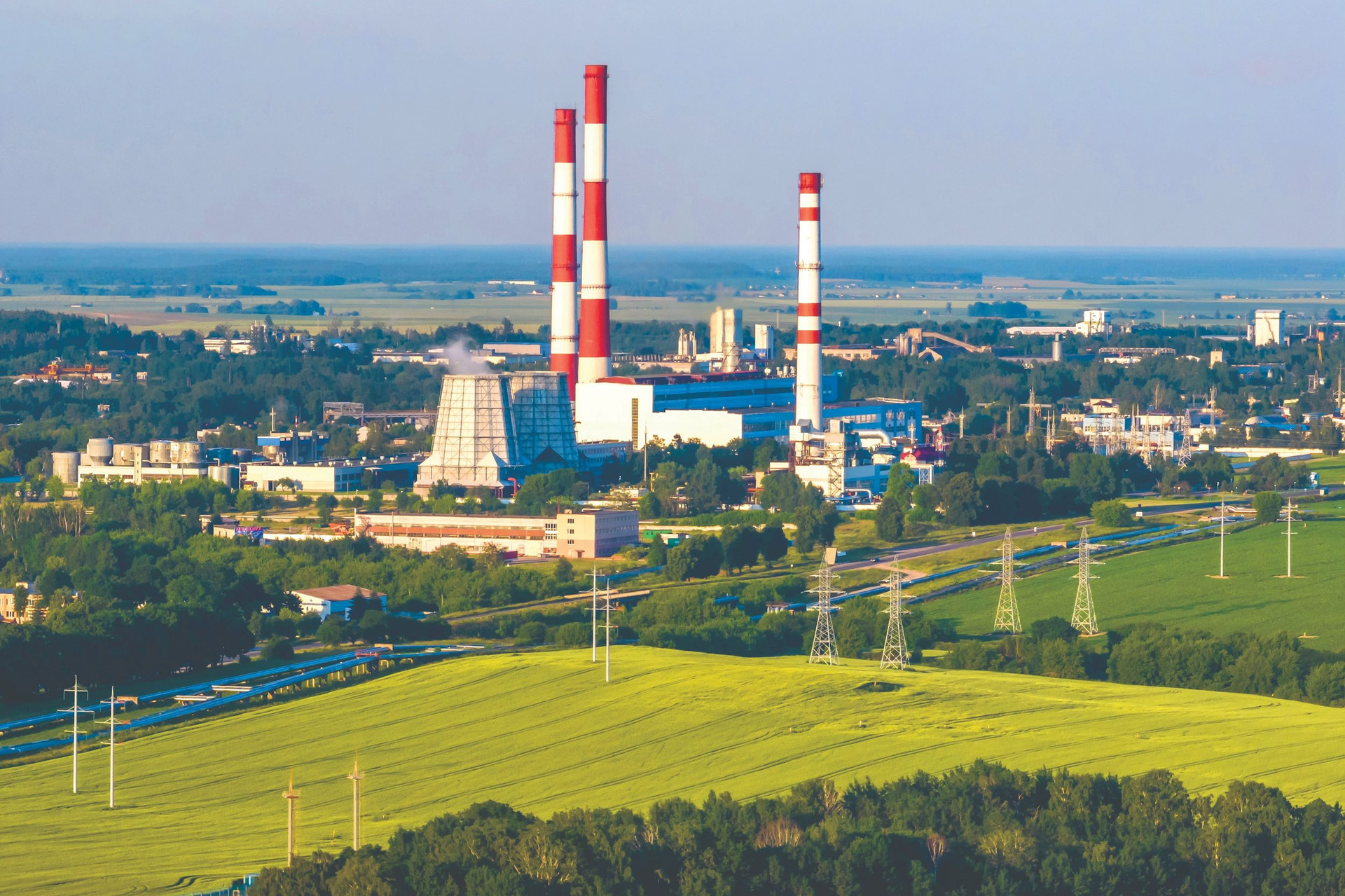Measueres should be taken to reduce emissions
English - Ngày đăng : 08:39, 20/04/2023
The situation of transportation in Vietnam
Transporting goods from one place to another is one of the main causes of carbon emissions that have a negative impact on the environment. Therefore, the implementation of green logistics is necessary. Green logistics can be understood as supply chain management strategies and approaches to reduce the energy and environmental impact of goods distribution, with a focus on waste, materials management and packaging, transporting.

Regarding land transport, although the Government has invested in building and renovating the road infrastructure system over the years, the expressway network has not yet met the development needs. The highway length is still low compared to other countries, the density is not uniform; Means of transport are mainly cars with small loads. According to the World Bank Report (2019), there are approximately 1.2 million trucks officially registered in Vietnam; of which, 68% have a total vehicle weight of less than 5 tons, 11% are from 5-10 tons, 14% are from 10-20 tons and 7% are heavy trucks with a total vehicle weight of over 20 tons. That causes congestion and high emissions.
Railway is an environmentally friendly mode of transport. However, in Vietnam, railways have not been invested commensurate with the exploitation potential. A large number of obsolete and outdated wagons; locomotive vehicles have been used for a long time, leading to the discharge of harmful emissions and noise pollution into the environment.
Regarding sea and waterway transport, currently Vietnam only has Tan Cang - Cat Lai which is a port that has won the title of Green Port of the APEC Port Service Network Council. However, because the inland waterway vehicles are too old and outdated, the fuel combustion efficiency is low and there is no exhaust treatment system, so they emit a lot of toxic gases. For example, ports in Ho Chi Minh City are emitting a large amount of CO2 into the environment such as Ben Nghe port, which emits over 5,000 tons of CO2 each year; Sai Gon - Hiep Phuoc port about 7,750 tons of CO2/year; container port about 101 tons of CO2/year; Thanh Le petroleum port is about 385 tons of CO2/year; Shipbuilding and repair ports also emit 2,278 tons of CO2/year.
Air transport is a low-risk mode of transport, but emissions from airplanes pollute the atmosphere. According to the Intergovernmental Panel on Climate Change (IPCC), emissions from airplanes account for 3.5% of global warming. In Vietnam, on average, each year transport activities emit about 30 million tons of CO2, of which air transport accounts for 5% (The Natural Resources and Environment Times, 2019).
Important measures to reduce emissions and the negative impacts of logistics on the environment

The majority of emissions in the supply chain
come from logistics activities. Meanwhile, logistics
plays an important role in the entire operation of
the supply chain, especially the arrangement of
inventory, transportation of raw materials.
Therefore, it is necessary to take measures to reduce emissions to the environment. The optimization of routes, along with the use of green vehicles to reduce CO2 emissions into the environment during transportation; Save energy and fuel usage by programming devices to automatically disconnect when inactive.
Warehousing, packing phase needs to use flexible, lightweight and customized packaging, or environmentally friendly products. This not only saves production costs but also reduces CO2 emissions, helping to improve the negative impact on the environment. Currently, some shipping companies have taken note of the use of recycled plastic or shipping containers for repeated use, or returnable.
Some carriers already track and measure emissions through recording and tracking their logistics processes, to ensure efficiency and emissions reduction goals. By tracking every step of their supply chain, businesses have access to metrics and intelligence to help reduce their carbon footprint and operating costs.
Benefits from green logistics

The deployment of Green Logistics contributes in reducing pollution, ensuring with regulations and policies on environmental protection in different countries. It also helps in preserving natural resources for the production and supply of goods and services. Thanks to those activities, the pollution has been minimized, CO2 reduced and effectively maintained clean air.
Cost savings are also benefits that Green Logistics brings, such as transportation, storage and product transfer from businesses to customers. Along with that is the reduction in production costs and energy savings.
Moreover, delivering goods to customers quickly, along with careful packaging will also save time and costs, improve operational efficiency.
In addition, carriers can calculate the volume of goods, especially avoiding trips with too many empty containers. The establishment of centers for handling recalled products should meet the requirements and aspirations of consumers, retailers and distributors. That will contribute to the development of the economy.
